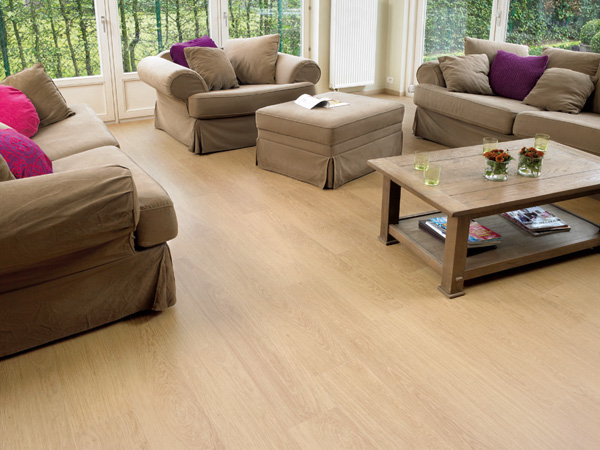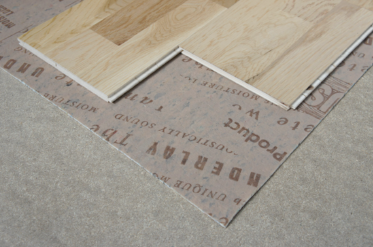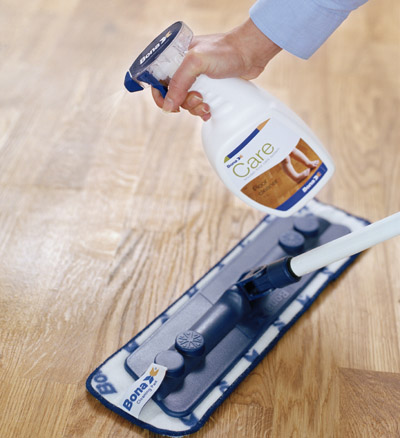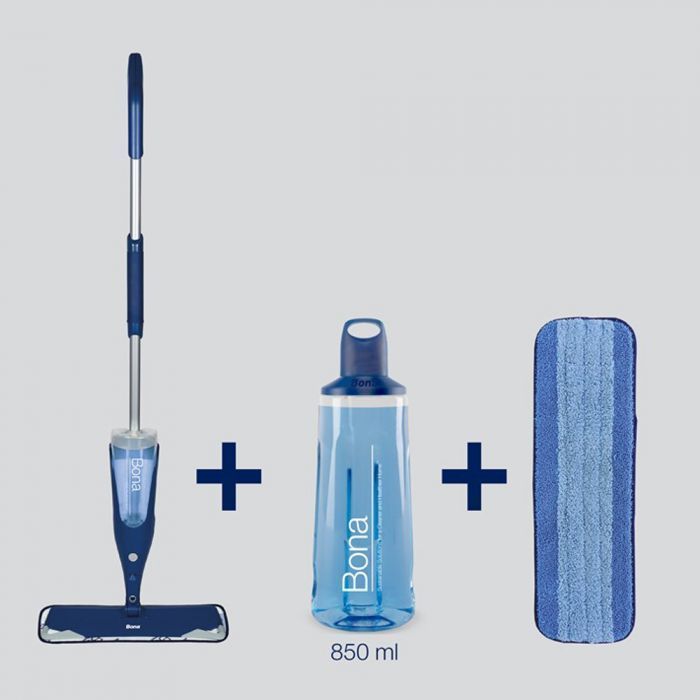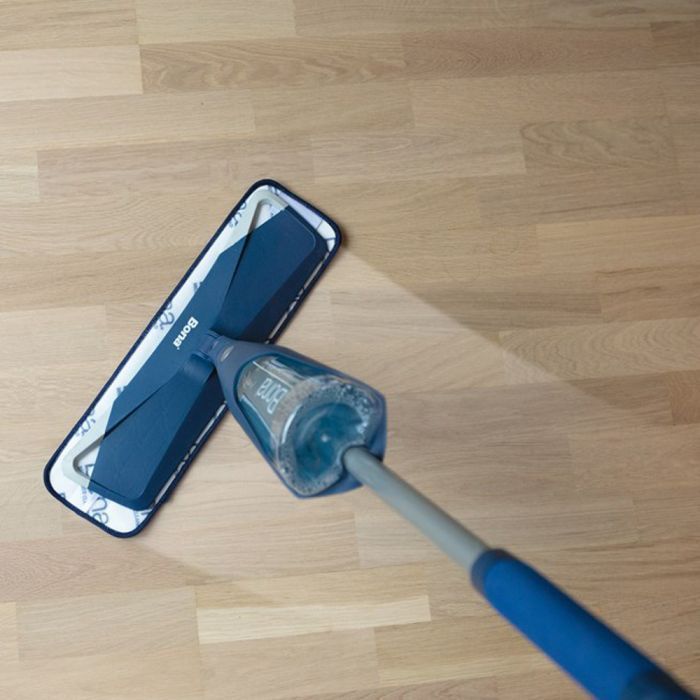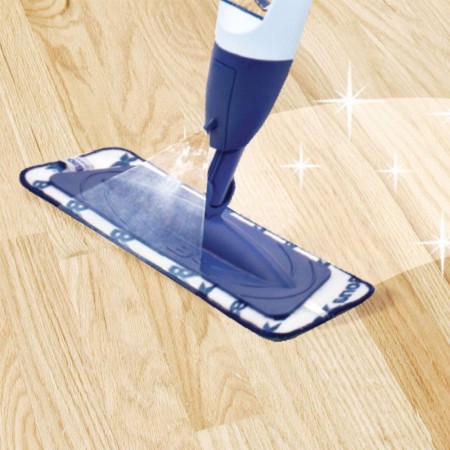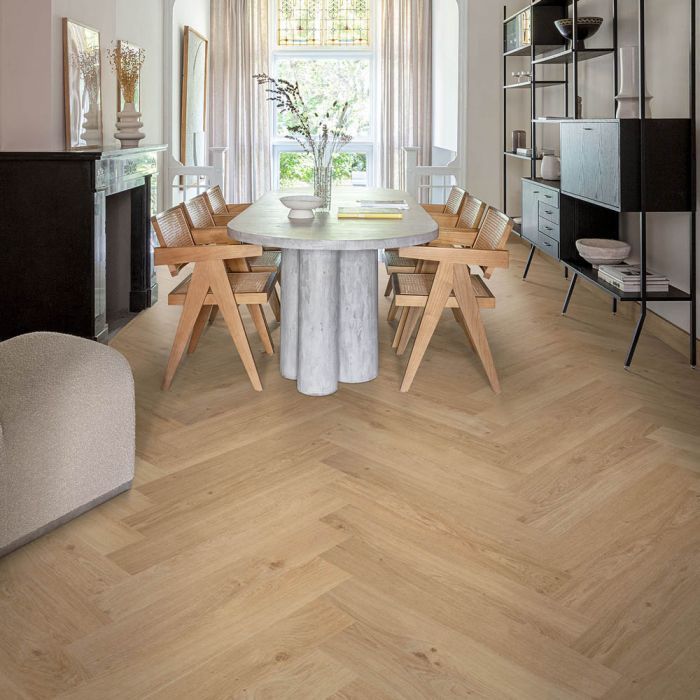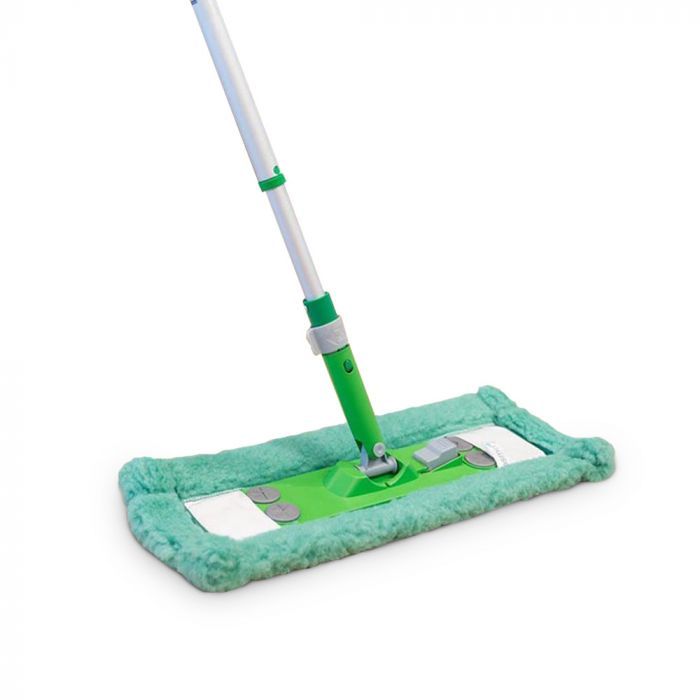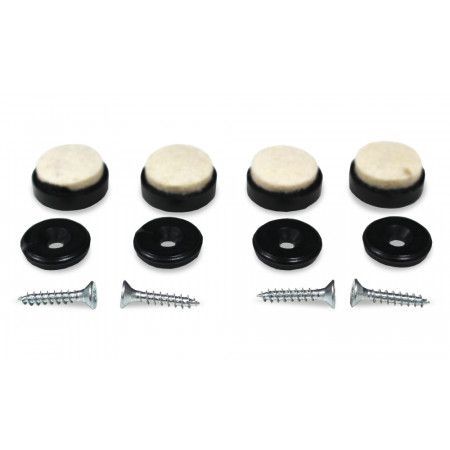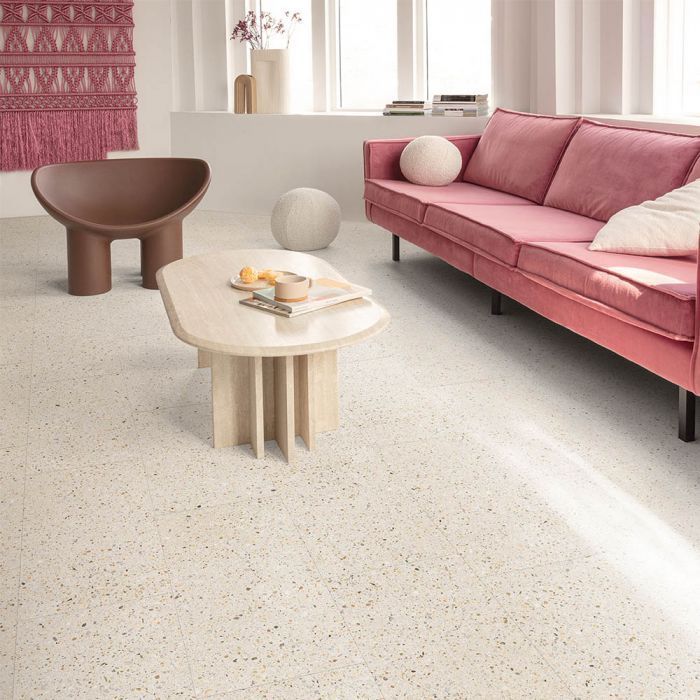What is hardwood flooring?
Hardwood flooring is a floor covering made from real hardwood that has been cut and shaped into planks of flooring. It is a natural product, has been around for centuries and is still very popular with homeowners and property developers.
Why choose hardwood flooring?
Hardwood flooring is a fantastic alternative to carpet, tiles or vinyl flooring. It is hardwearing, durable, natural and adds warmth and luxury to any property. Hardwood floors are very durable and if looked after properly, can resist more wear and tear than carpets and should last for decades. If after a few years you feel that your flooring has lost its lustre it can be sanded down and refinished to renew its freshness. Engineered hardwood flooring is also dimensionally stable (due to the way it has been produced) so it can be used with underfloor heating.
There are so many different styles of hardwood flooring and by choosing your preferred widths, species of wood, stains and finishes you are able to create a truly unique atmosphere. Hardwood flooring is also great for allergy suffers as it does not allow a build up of dust and dirt particles that can thrive in carpets.
What different types of hardwood flooring are available?
There are two main types of hardwood flooring; solid hardwood and engineered hardwood. Solid hardwood is planks of flooring made from one solid piece of wood and usually have a tongue and groove fitting system. Engineered hardwood has a base layer (often plywood) and then a top layer of hardwood and is available with either tongue and groove or a click fitting system. Both solid wood and engineered wood flooring look the same once installed. Hardwood flooring is also available in a wide variety of species, colours, styles and patterns making it easy to find something that matches an existing décor, or something completely different for a new project.
Hardwood flooring can be found with either a pre-finished surface or an unfinished surface. If you require a floor that can be installed and is ready to walk on, then a pre-finished floor is the best option as it has already had protective layers of lacquers or oils added. Alternatively, an unfinished hardwood floor is the raw wood and must be protected with lacquer or oil once it has been installed. The benefit of an unfinished floor is that you can add a colour stain of your choice and choose your preferred finish to create a unique look. Another thing to consider when choosing your hardwood floor is the plank size.
Different types of wooden floors are available in different widths and either fixed or random lengths. Solid wood flooring usually has random plank lengths and has widths ranging from 60mm – 300mm, whereas engineered hardwood flooring has a fixed plank length and has widths from 100mm – 400mm. Hardwood flooring accessories such as, beading, skirting, pipe covers and thresholds, are also available to create the finishing touches to your room.
How do I install hardwood flooring?
Solid hardwood flooring needs to be fixed into position. They can either be glued directly to the subfloor, or secret nailed or secret screwed down. Solid wood flooring is not stable enough to be floated over an underlay. Engineered hardwood flooring is a stable product so can be floated over an underlay.
What is the cost of hardwood flooring?
The cost of hardwood flooring can vary depending on the style and species that you choose. Solid wood flooring is generally more expensive than engineered wood flooring. The species of the wood also determines the cost, for example, Oak is a common wood for flooring so is reasonably priced, whereas Walnut is quite rare so can be considerably more expensive.
How do I maintain hardwood flooring?
Hardwood flooring is relatively easy to maintain. All that is needed is regular sweeping with a soft bristle brush and a weekly clean with a wooden floor cleaner and microfibre mop. There are also simple steps that should be taken to prevent unwanted scratches and dents; remove footwear before walking on the floor, place doormats at entrances and apply felt protector pads onto the bottom of furniture.
For more information see our article on ‘Maintaining the beauty and shine of hardwood floors’

